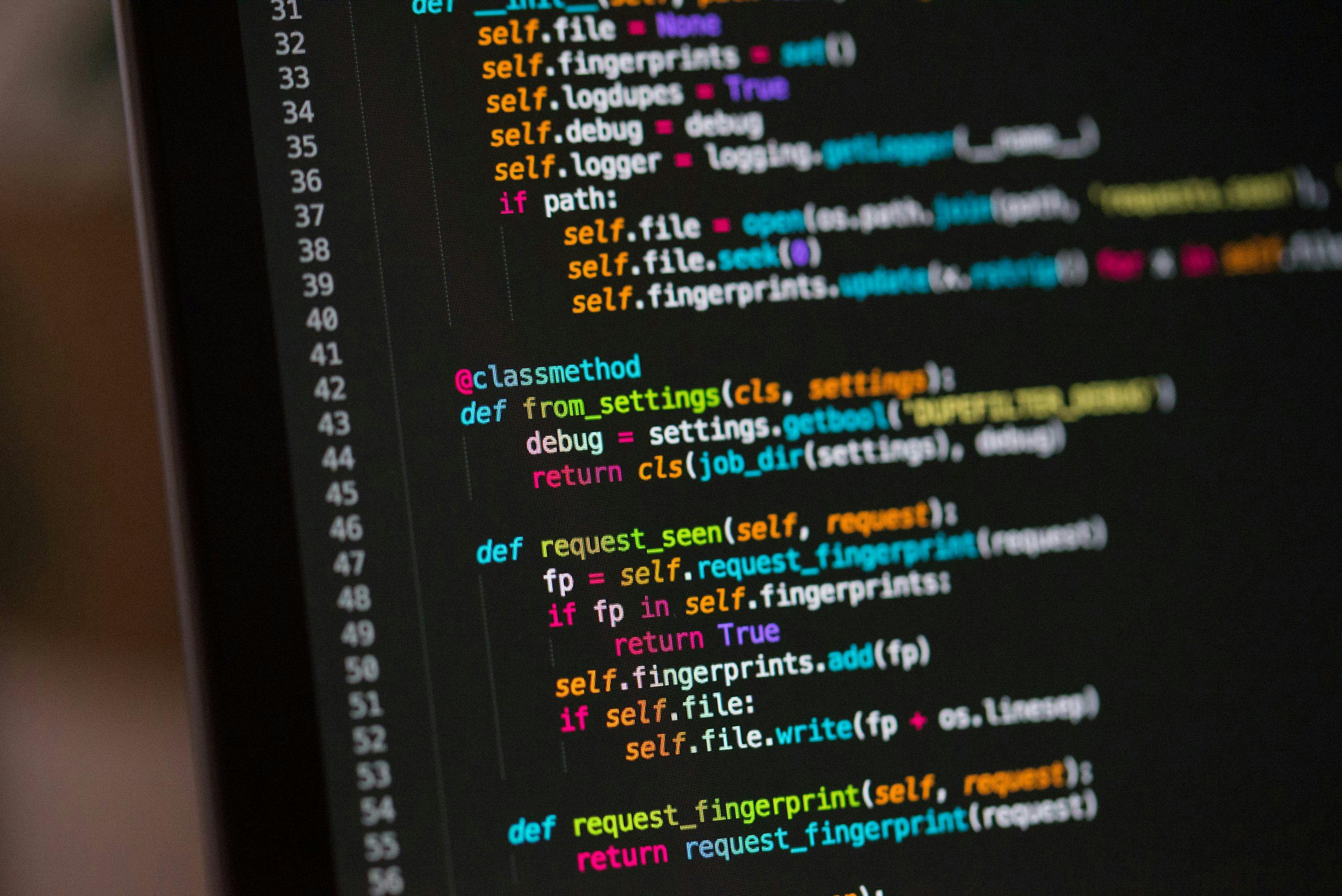Why Modern Motherboards Are Filled with Microsoft Bloat — and Why It Actually Makes Sense
If you’ve ever tried building your own operating system or just tinkered with bootloaders, you’ve probably hit a wall with modern motherboards. And no, you’re not imagining it — they’re packed to the brim with Microsoft bloat. From UEFI to FAT32, it’s a minefield of proprietary standards and poor documentation. And while it's frustrating, there's a reason behind it — one that favors market dominance over developer convenience, and this is exactly what one of my main developers said while we were fixing and tidying up our bootloader.
Let’s see how this bloat creeps in, why it’s so frustrating, and why motherboard manufacturers do it anyway.
The Bloat: How Microsoft’s Ecosystem Infects the Boot Layer
1. UEFI: The Bloated BIOS Successor
Unified Extensible Firmware Interface (UEFI) was supposed to replace legacy BIOS with something faster and more flexible. In theory, great! In practice, UEFI is huge, confusing, and riddled with complexity, much of it existing solely to support Windows.
UEFI forces OS developers to:
- Work with FAT32 partitions
- Write bootloaders that use UEFI runtime services
- Deal with Secure Boot signatures
- Navigate poorly documented protocols
- Debug unpredictable vendor-specific quirks
If you’re writing your own kernel or OS, this means hundreds of extra lines of bootloader code just to get your system to boot on modern hardware.
2. FAT32 and exFAT: Microsoft’s Legacy Filesystems
UEFI requires the boot partition to be formatted in FAT32. Why? Because that’s what Windows uses. Better, modern filesystems exist — ext4, Btrfs, ZFS — but you won’t find firmware support for those. Instead, you’re stuck using decades-old FAT variants that are fragile, limited, and often poorly documented outside Microsoft ecosystems.
exFAT, another Microsoft filesystem, was closed-source until recently. Even now, its specification is murky, and its use in firmware adds another Microsoft-tied dependency.
3. Tooling Lock-In
Most motherboard utilities — firmware updates, configuration tools, diagnostics — are only officially supported on Windows. Some boards even require Windows-only apps to update BIOS or change firmware features. That’s not just inconvenient; it’s an active barrier for anyone not using Windows.
The Developer Pain: Why This Sucks for Tinkerers
Let’s say you’re making a small OS, a kernel project, or even a custom bootloader. If you want it to work on real hardware, you now have to:
- Support UEFI in all its undocumented glory
- Handle FAT32 file parsing
- Deal with Secure Boot disabling
- Write complex EFI stubs or use third-party loaders like GRUB or systemd-boot
And this is all before your kernel even starts. You’ll find yourself knee-deep in UEFI spec docs at 4AM, reverse-engineering firmware quirks just to print “Hello, world.”
It’s not just an annoyance — it’s a barrier. One that makes OSDev unnecessarily harder for the people who care most about low-level computing.
So, Why Do Motherboard Vendors Do This?
Because it makes complete business sense.
- Windows still dominates the desktop OS market.
- OEMs want to ensure easy compatibility with Windows and related tools.
- UEFI with FAT32 ensures "plug-and-play" Windows booting and recovery.
- Vendors often benefit from Microsoft compliance (e.g., WHQL certification, hardware partnerships).
- Supporting alternative OSes like Linux or hobbyist projects offers little financial return.
In short, manufacturers are optimizing for the 99%, not the 1%. And unless there’s real pressure from large Linux vendors or other market forces, they have zero incentive to support other paths.
So What Can You Do?
If you’re a dev or tinkerer tired of this mess, here are your options:
- Use coreboot or Libreboot-compatible boards to escape UEFI entirely
- Stick to legacy BIOS mode if your motherboard still allows it
- Develop in QEMU, Bochs, or VirtualBox to avoid real hardware pain early on
- Look into SeaBIOS or use GRUB as a middle-layer until your OS matures
Final Thoughts
Modern motherboards do include Microsoft-centric bloat — not out of spite, but because Windows is the market. Still, the result is the same: developers and OS hobbyists are stuck dealing with an ecosystem that was never designed for them.
It’s frustrating, exhausting, and a little unfair. But knowing why it’s this way can help you plan smarter — and maybe even work around it.


